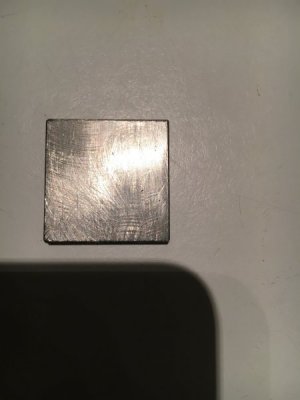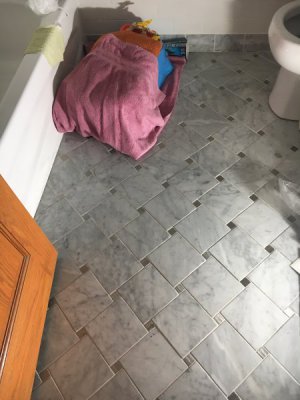Hello all,
Lately I have been making miniature chess pieces out of wax at work in my spare time, but I want to take it to the next level. I want to make a full chess set out of brass, with one team being polished and lacquered and the other team being heat tarnished or tarnished with liver of sulfur then lacquered. I want to use the same idea to make the checkered pattern on the board. I have an idea and plan for everything in my head except for the board itself.
My main question is how to make 64 squares that are identical enough to make a nice checkerboard. I definitely have access to and know how to use a lathe, but I don't know if I will have access to a mill or any other equipment. I am going to visit my local makerspace this week or next to see what they have. I also do not have any experience with a mill.
Also, I don't know how/what I will be attaching the squares to, so any ideas there are also welcomed.
Thanks in advance and I hope to hear from you guys soon!
Lately I have been making miniature chess pieces out of wax at work in my spare time, but I want to take it to the next level. I want to make a full chess set out of brass, with one team being polished and lacquered and the other team being heat tarnished or tarnished with liver of sulfur then lacquered. I want to use the same idea to make the checkered pattern on the board. I have an idea and plan for everything in my head except for the board itself.
My main question is how to make 64 squares that are identical enough to make a nice checkerboard. I definitely have access to and know how to use a lathe, but I don't know if I will have access to a mill or any other equipment. I am going to visit my local makerspace this week or next to see what they have. I also do not have any experience with a mill.
Also, I don't know how/what I will be attaching the squares to, so any ideas there are also welcomed.
Thanks in advance and I hope to hear from you guys soon!



